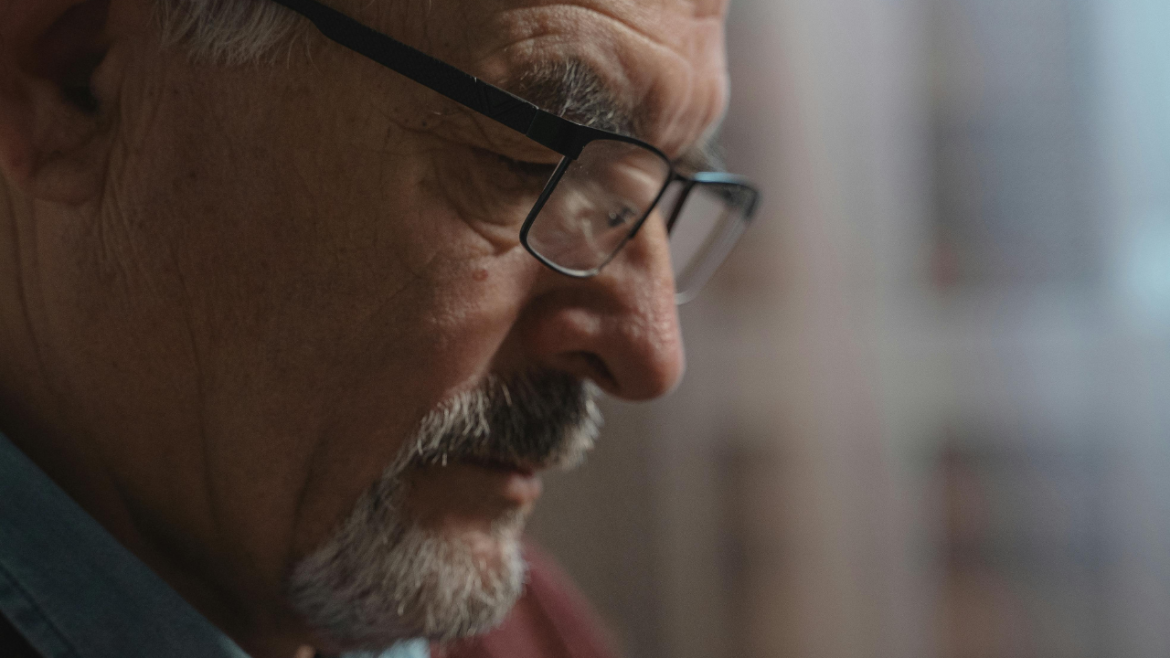How To Help A Senior With A Broken Bone
Did you know that Leading Edge Senior Care has a Dementia Support Group? We meet monthly in Mesa. For more details <click here>
How To Help A Senior With A Broken Bone
When a senior experiences a broken bone, it can be a challenging time for both the individual and their caregivers. Understanding how to provide effective support and care during this period is crucial for promoting healing and overall well-being.
Recognizing the Injury
The first step in helping a senior with a broken bone is recognizing the injury. Common signs include severe pain, swelling, bruising, and difficulty moving the affected limb. It’s essential to seek medical attention promptly for proper diagnosis and treatment planning.
Medical Evaluation and Treatment
Upon visiting a healthcare professional, the senior will undergo a thorough evaluation, which may include physical exams and imaging tests like X-rays. Based on the severity and location of the fracture, treatment options such as casting, splinting, or surgery may be recommended.
Pain Management
Managing pain is a crucial aspect of caring for seniors with broken bones. Healthcare providers may prescribe pain medications or recommend over-the-counter options to help alleviate discomfort. Additionally, using ice packs and elevating the injured limb can provide relief.
Assistive Devices and Mobility Aids
During the recovery period, seniors may require assistive devices such as crutches, walkers, or wheelchairs to aid mobility and prevent further injury. Caregivers should ensure these devices are properly fitted and provide instructions on their safe use.
Home Modifications
Creating a safe and accessible environment at home is essential for seniors recovering from a broken bone. This may involve rearranging furniture, installing grab bars in bathrooms, and removing hazards that could lead to falls.
Emotional Support
Dealing with a broken bone can be emotionally challenging for seniors, especially if it limits their independence and daily activities. Offering emotional support, encouragement, and companionship can significantly impact their recovery journey.
Nutrition and Hydration
Proper nutrition plays a vital role in bone healing and overall health. Ensure that seniors consume a balanced diet rich in calcium, vitamin D, protein, and other essential nutrients. Adequate hydration is also crucial for optimal recovery.
Rehabilitation and Physical Therapy
As the senior’s condition improves, they may benefit from rehabilitation and physical therapy to regain strength, flexibility, and range of motion. These sessions are tailored to individual needs and can enhance recovery outcomes.
Follow-Up Care
Regular follow-up appointments with healthcare providers are necessary to monitor healing progress, address any concerns, and adjust treatment plans as needed. Encourage seniors to adhere to medical recommendations and attend follow-up visits.
Conclusion
Supporting a senior with a broken bone requires patience, empathy, and proactive care. By understanding their needs, providing appropriate assistance, and fostering a positive environment, caregivers can contribute significantly to their recovery and well-being.

